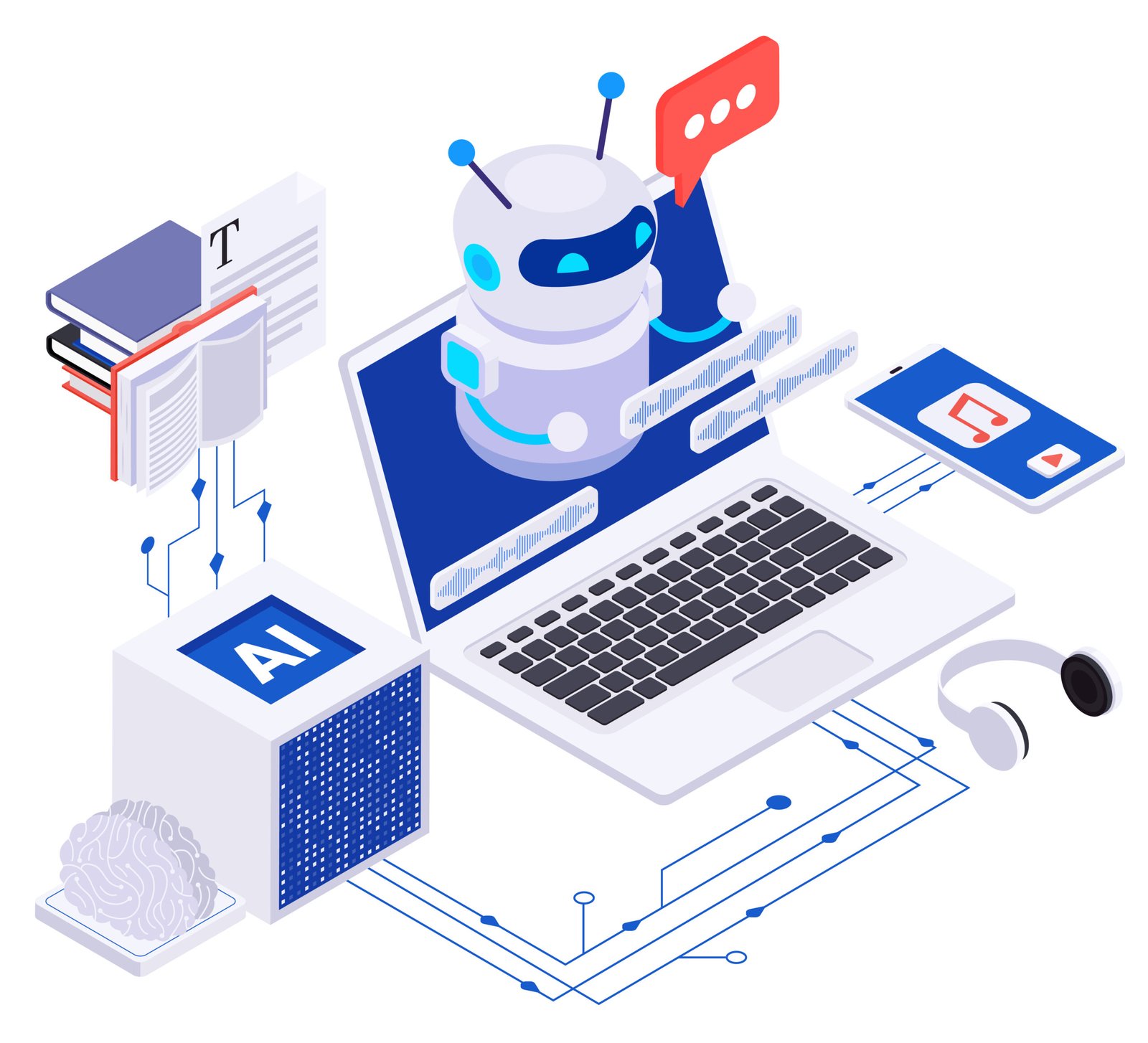Introduction
The landscape of web application development is undergoing a transformative shift in 2025, with on-device Artificial Intelligence (AI) emerging as a pivotal innovation. This advancement is not only enhancing user experiences but also redefining the way developers approach web app creation.
The Emergence of On-Device AI
At the forefront of this revolution is Microsoft’s recent announcement at its Build conference, introducing on-device AI capabilities to web applications via the Edge browser. This development allows web developers to integrate Microsoft’s lightweight AI model, Phi-4-mini, directly into their applications, enabling functionalities such as text generation, summarization, and real-time translation—all processed locally on the user’s device.
Benefits for Developers and Users
-
Enhanced Performance: Processing AI tasks on the user’s device reduces latency, resulting in faster and more responsive applications.
-
Improved Privacy: Local data processing minimizes the need to transmit sensitive information to external servers, bolstering user privacy.
-
Cross-Platform Compatibility: The new APIs are designed to be cross-platform, extending functionality to Edge on macOS and potentially other operating systems.

Implications for Web App Development
The integration of on-device AI signifies a paradigm shift in web app development:
-
Decentralized AI Integration: Developers can now build appli
-
cations that leverage AI capabilities without relying heavily on cloud-based services, leading to more scalable and efficient solutions.
-
Enhanced User Engagement: Features like real-time translation and content-based prompt generation can significantly improve user interaction and satisfaction.

